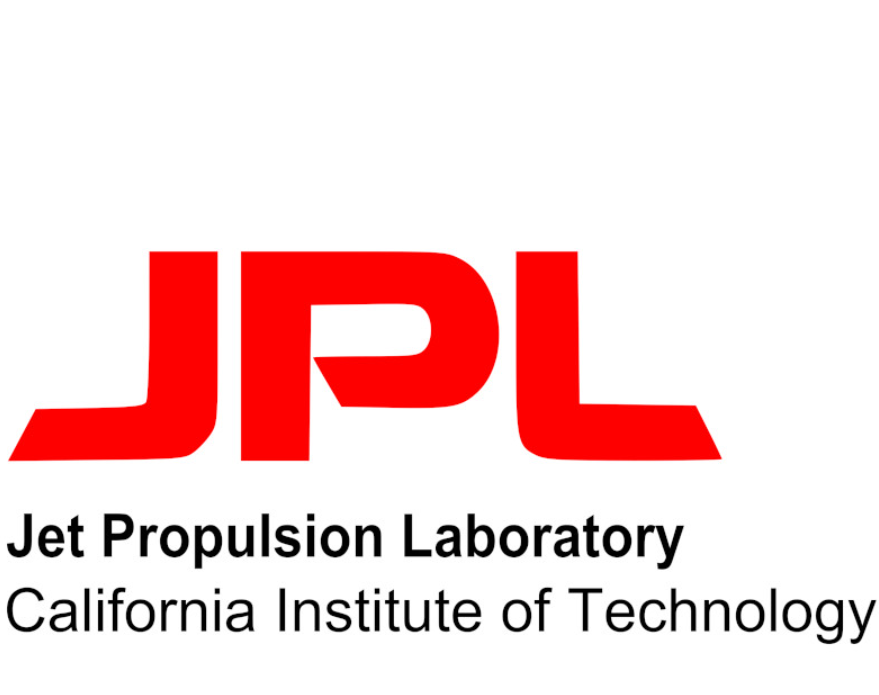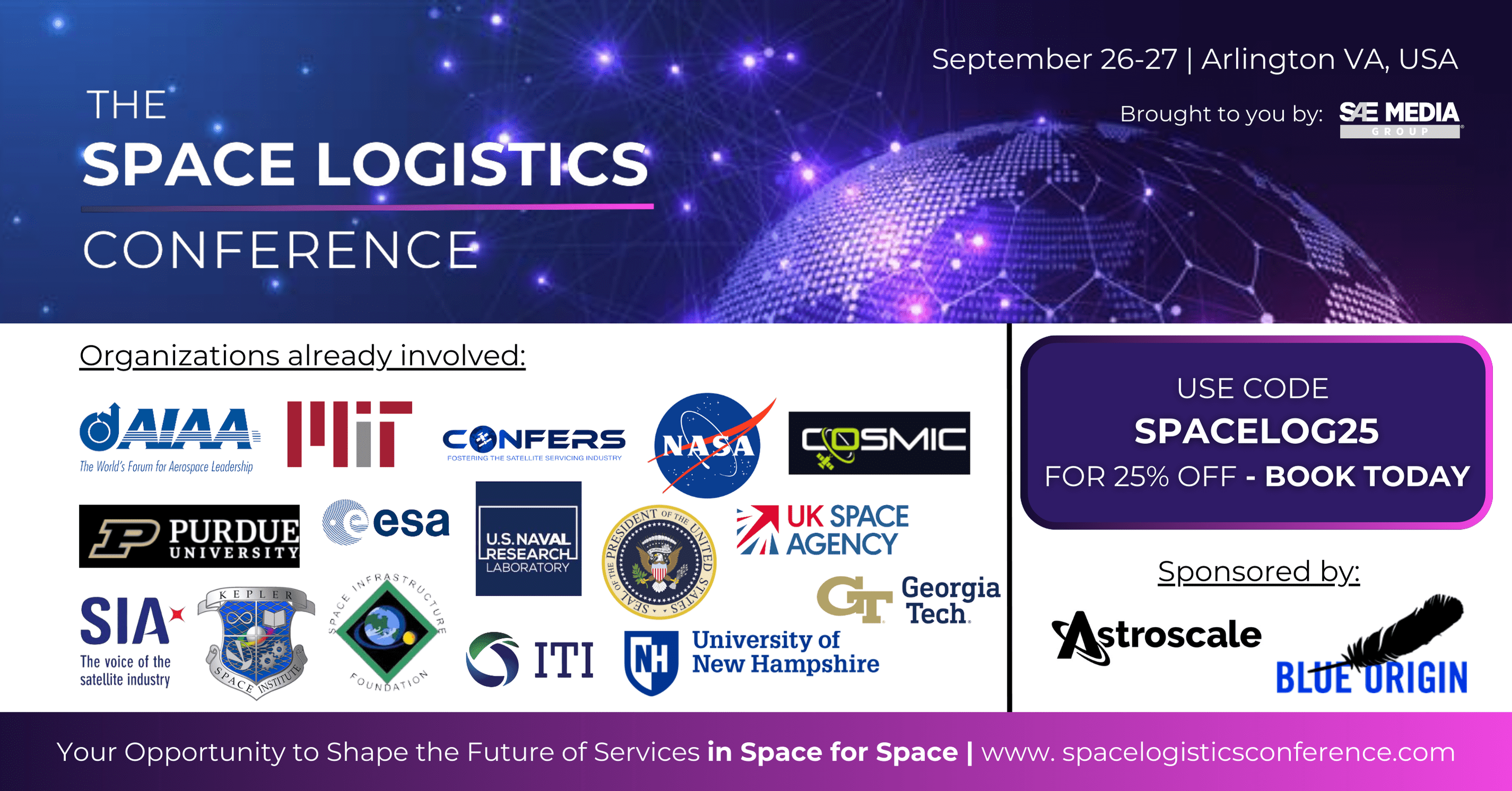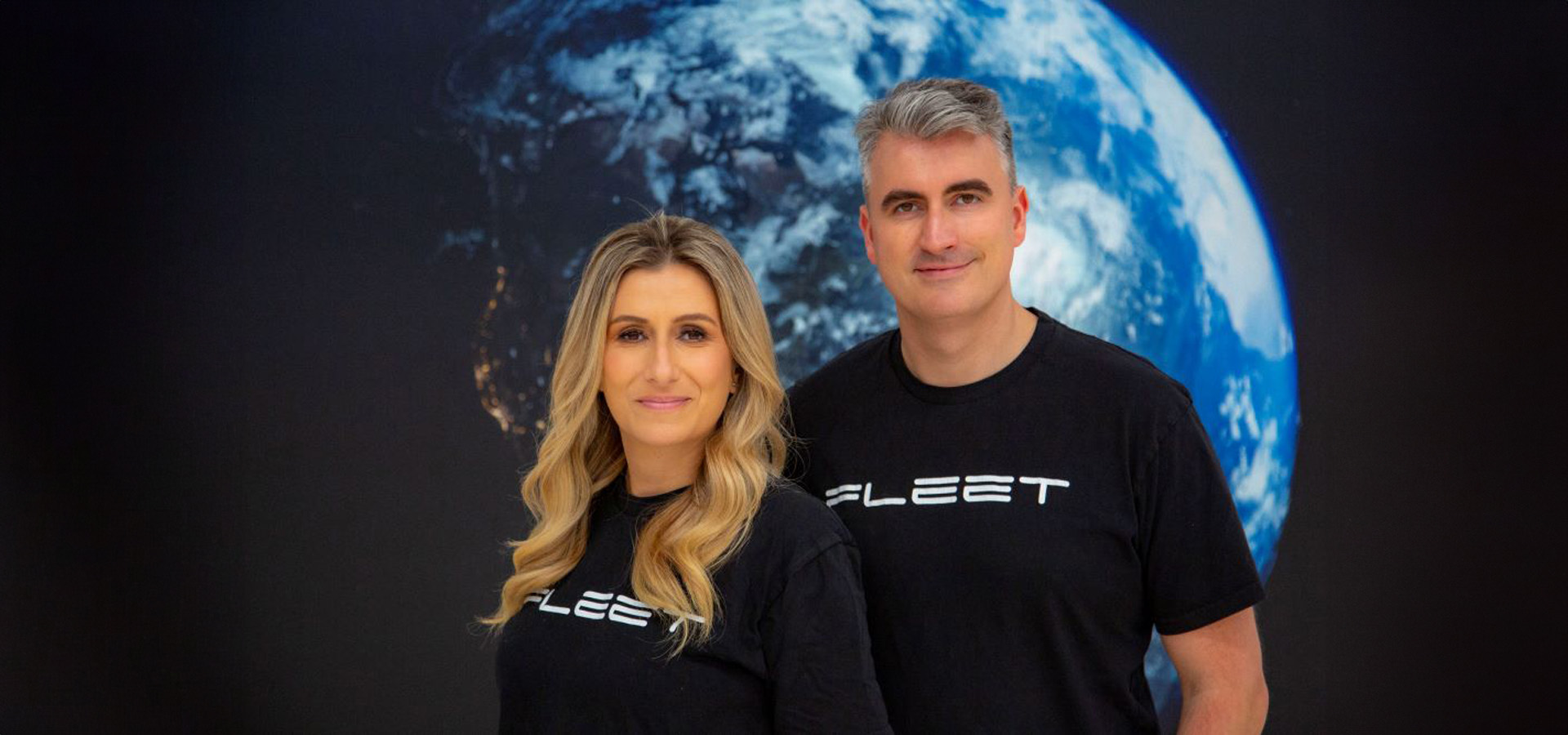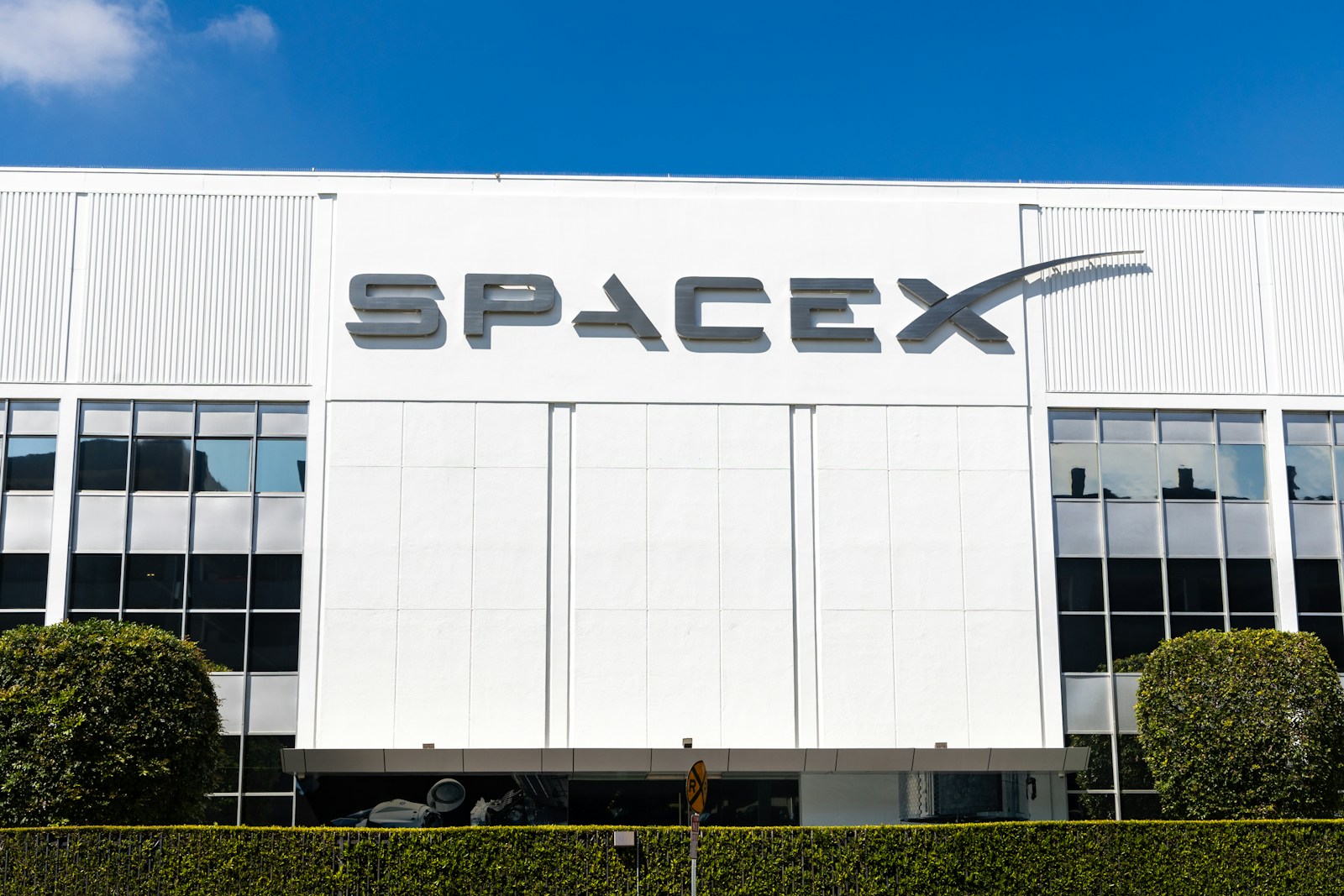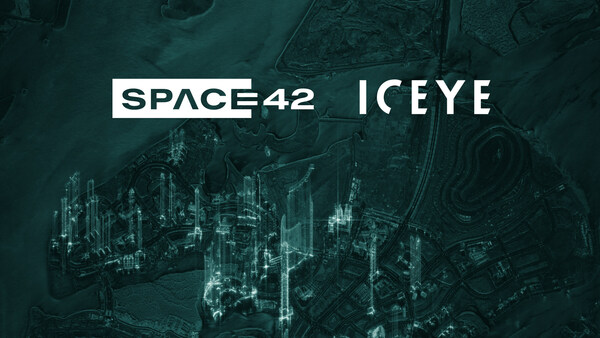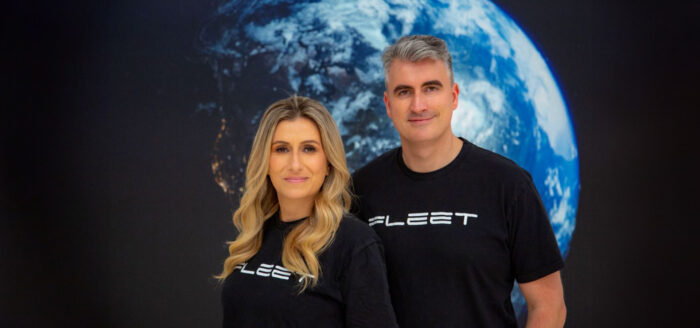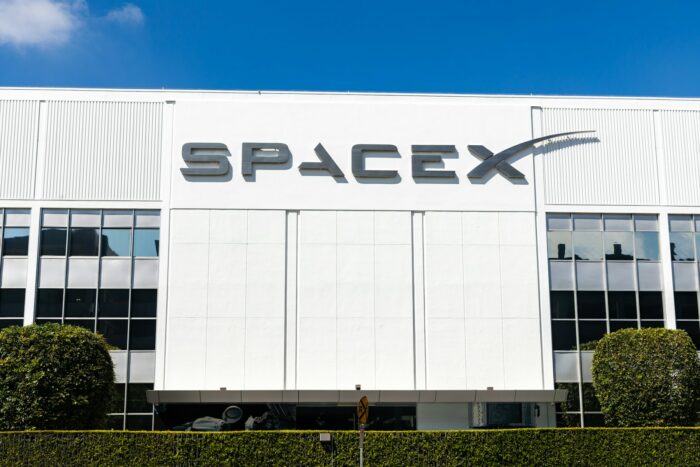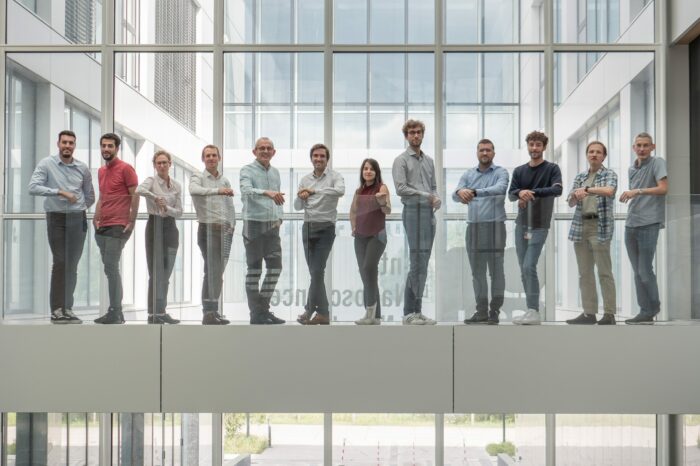NASA’s Europa Clipper spacecraft, weighing a staggering 7,000 pounds, was carefully prepared and transported in a highly choreographed effort from the Jet Propulsion Laboratory (JPL) in Southern California to the Kennedy Space Center in Florida. Lead engineer Kobie Boykins recently provided insights into this process, revealing the intricate movements involved in ensuring the spacecraft’s safe journey.
Boykins stressed the meticulous preparation required.
“The process for preparing the spacecraft is really an art form, a dance,” he said, further elaborating: “We have to figure out what hardware needs to ship with the main spacecraft, and what hardware needs to be taken off, like taking off the high gain antenna.”
The spacecraft’s voyage commenced with its placement into a specialized shipping container, designed to maintain a controlled environment.
“Our multi-mission container was specially designed to carry spacecraft across the country,” said Boykin. “That means that the temperature’s controlled, the environment’s controlled, how many particles that can be inside are controlled.”
From JPL, the spacecraft embarked on an extraordinary journey, transported by semitruck to March Air Reserve Base, where it was swiftly loaded onto a United States Air Force C-17 Globemaster III for its flight to the Kennedy Space Center. Boykins aptly described the spacecraft’s incredible trek.
“The spacecraft has an amazing journey once we’re in the shipping container,” he said.
However, transporting the spacecraft was not the only logistical challenge. Boykins revealed: “So the spacecraft isn’t the only thing that we actually pack up and ship across the country. There’s all these things that we call ground support equipment, GSE, that need to go with us. We have 12 trucks of ground support equipment, and then we will have two trucks that support the spacecraft move itself. So a grand total of 14 trucks.”
Despite the detailed planning and execution, Boykins acknowledged the emotional weight of this phase, describing it as “one of the scariest periods of time.”
“It’s the first time the spacecraft is going from a very, very, very controlled environment and going into more of an uncontrolled environment where other human beings are around,” he reflected.
As the Europa Clipper mission prepares for its launch in October 2024, with an anticipated arrival at the Jupiter system in 2030, the team’s dedication and meticulous efforts in transporting this colossal spacecraft serve as a testament to the extraordinary lengths NASA goes to advance humanity’s exploration of the cosmos.
Share this article:

